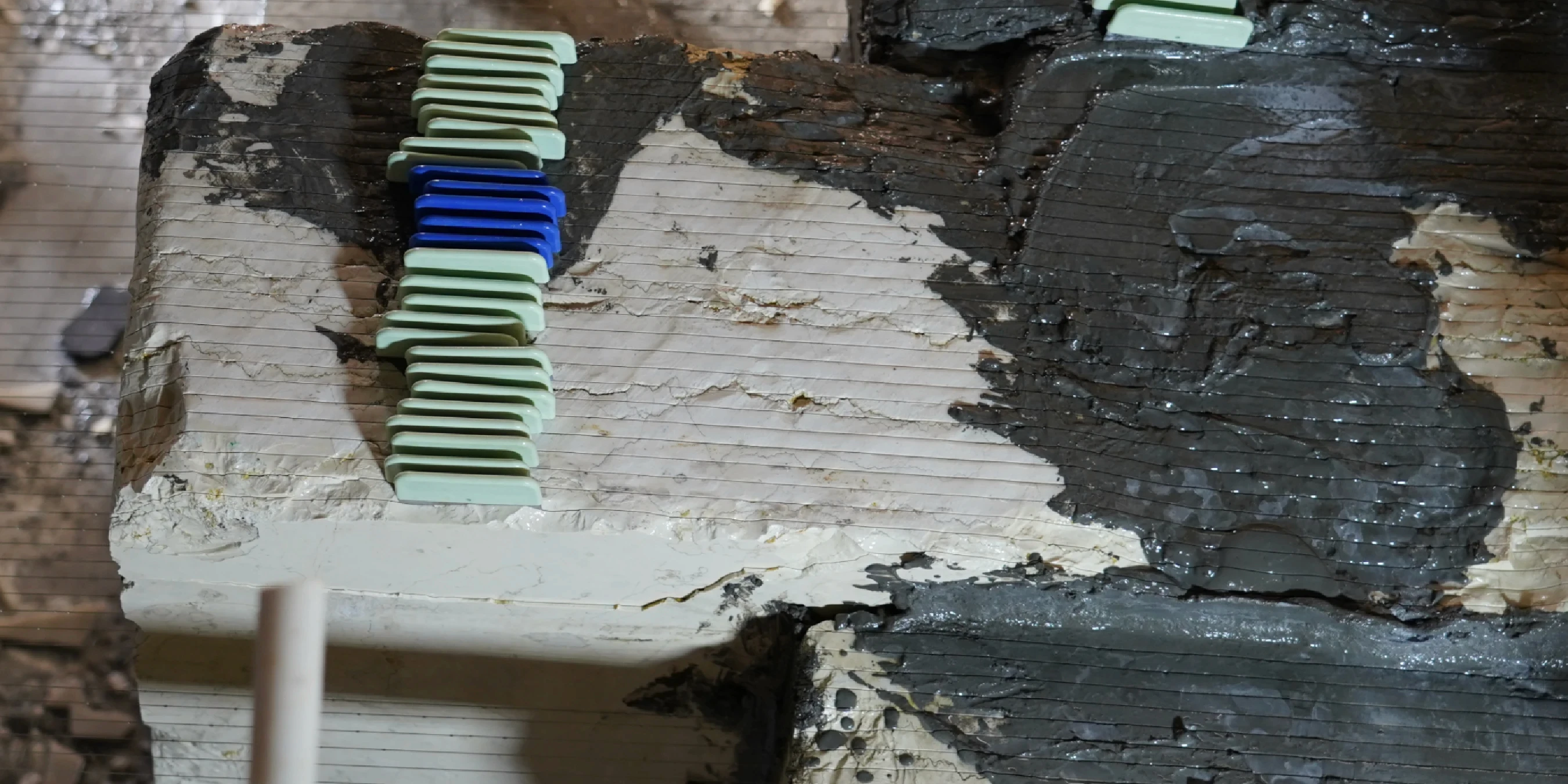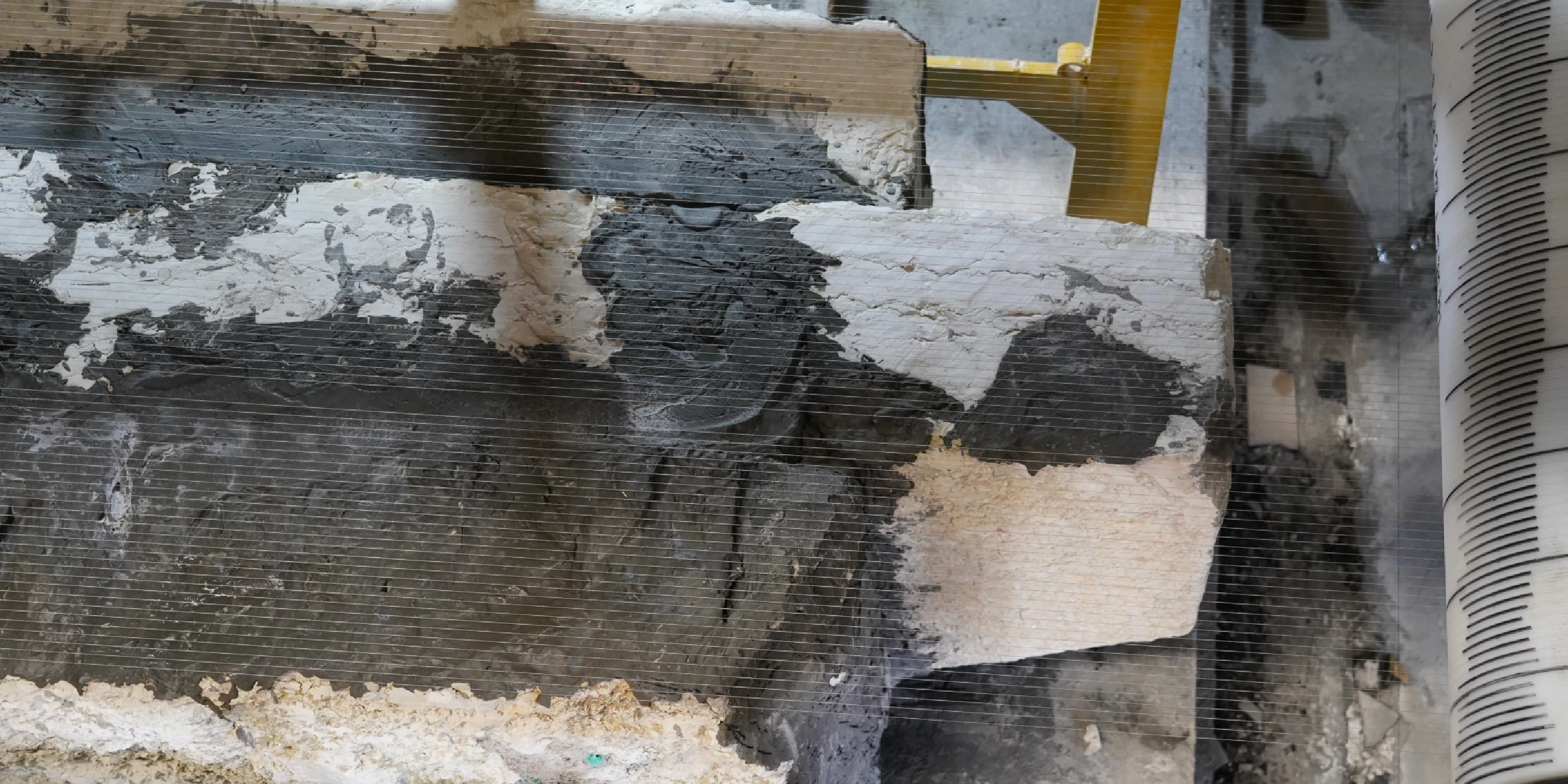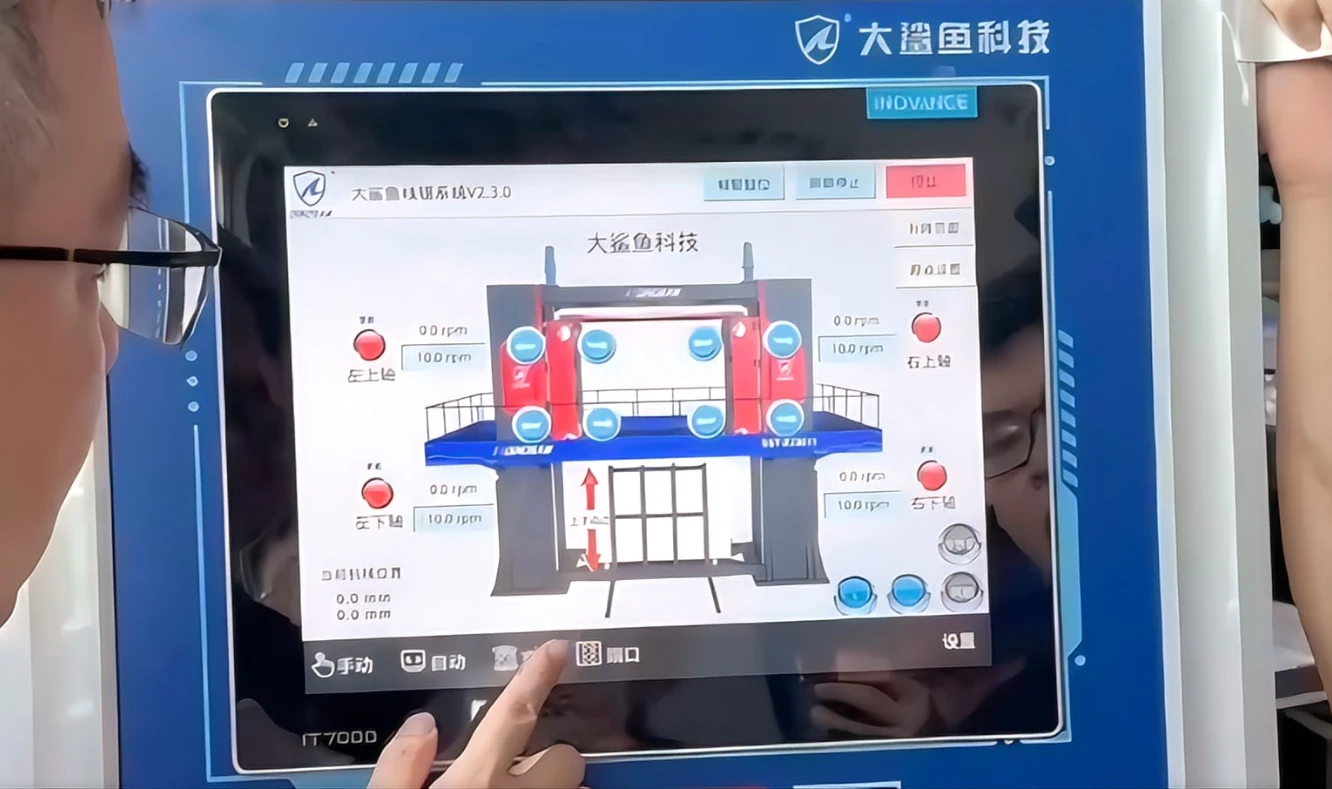Hi, this is Lizzy from Dinosaw ( Not a Robot ). Which Machine ( model ) do you want? Please WhatsApp us now
A practical guide for multi-wire saw operators and technicians. Get SOPs, troubleshooting tips for common faults, and a preventative maintenance schedule to ensure peak performance and safety.
A powerful machine like the DINOSAW Intelligent Multi-Wire Saw delivers peak performance only when operated correctly and maintained diligently. This guide provides essential Standard Operating Procedures (SOPs), a troubleshooting list, and a preventative maintenance schedule for operators and maintenance technicians.
Have a question or need a quote? Contact us now.

Standard Operating Procedures (SOPs)
Startup & Pre-Operation Checks:
- Verify all safety guards and the full enclosure are secure and interlocks are functional.
- Check main power and compressed air supply.
- Inspect the wire array for any visible damage, twists, or excessive wear.
- Ensure the coolant tank is full and the filtration system is operational.
- Power on the machine and HMI. Home all axes as per the startup sequence.
Recipe Selection & Changeover:
- Select the correct, pre-approved cutting recipe from the HMI library for the material and dimensions.
- Verify all parameters on the screen (wire speed, down-feed, tension) match the job sheet.
- Run the cutting path simulation on the HMI (if available) to visually confirm the toolpath and clearances.
Consumables (Wire) Change:
- Follow lock-out/tag-out (LOTO) procedures before entering the machine enclosure.
- Carefully remove the old wire spool and guide the wire off the pulley system.
- Install the new wire spool, making sure to select the correct diamond wire for the upcoming jobs.
- Thread the new wire through the entire pulley circuit according to the machine diagram.
- Attach the wire to the tensioning system and slowly apply initial tension.
Calibration & Safety Checks:
- Periodically verify wire tension using a handheld tensiometer and compare it to the HMI reading to ensure control accuracy remains within ±0.5 N±0.5N. Calibrate sensors if there is a discrepancy.
- Test the E-stop button and safety light curtains to ensure they immediately halt machine motion.
- Check the alignment of guide pulleys; misalignment is a primary cause of wire wear and breakage.

Troubleshooting Common Faults
Wire Breakage Symptom: Machine stops with a "Wire Broken" alarm.
Causes: 1) Wire has reached end-of-life. 2) Tension too high/low. 3) Hard inclusion in the stone. 4) Worn guide pulley with sharp edge.
Diagnostics: Check wire run-time hours. Check recipe tension setting. Inspect break point on the wire.
Resolution: Replace the wire. Review cutting parameters.
Tapered Slabs (Out-of-Square) Symptom: Slabs are not a uniform thickness.
Causes: 1) Uneven tension across the wire web. 2) Worn grooves in drive wheels. 3) Block shifted during the cut.
Diagnostics: Measure tension on multiple wires. Inspect drive wheel grooves.
Resolution: Calibrate the tensioning system. Replace worn wheels.
Visible Path Deviation on Slabs Symptom: Wavy or curved lines on the cut surface.
Causes: 1) Insufficient wire tension. 2) Down-feed rate is too aggressive. 3) Contaminated coolant.
Diagnostics: Check tension settings. Review recipe parameters. Check coolant filters.
Resolution: Adjust tension within spec. Reduce down-feed rate. Service coolant system. Proper maintenance is as vital as the initial choice between multi-wire and other saws.

Preventative Maintenance Schedule
Daily (Before First Shift):
- Visual inspection of wire array and pulleys.
- Check coolant level and clarity.
- Verify safety interlocks are functional.
- Wipe down HMI screen and control panel.
Weekly:
- Clean slurry from machine base and collection pits.
- Inspect and clean coolant filters/screens.
- Lubricate linear guide rails as per manufacturer specification.
- Check the oil-immersed traverse mechanism (IP67) for leaks or contamination.
Monthly:
- Calibrate wire tension sensors with a handheld meter.
- Inspect drive wheels and carbon-fiber rollers for groove wear. Replace if necessary.
- Check electrical cabinet filters and clean/replace as needed.
- Perform a full system backup of the PLC and HMI programs.
Safety, PPE, and Regional Compliance
Operating this machinery requires strict adherence to safety protocols. A key benefit, as highlighted in any multi-wire ROI analysis, is improved safety over older methods, but only if rules are followed.
- General PPE: Safety glasses, steel-toed boots, and cut-resistant gloves (when handling wire) are mandatory.
- Dust & Water Management: The wet cutting process and full enclosure drastically reduce airborne silica dust (to <0.1 mg/m³). Proper management of the resulting slurry is critical.
- Regional Notes:
- US: Comply with OSHA regulations on machine guarding (29 CFR 1910.212) and control of hazardous energy (LOTO, 29 CFR 1910.147). Monitor silica exposure.
- EU: The machine must be CE marked, conforming to the EU Machinery Directive (2006/42/EC). Technicians must be aware of regulations on chemical handling (REACH) for coolant additives.
- China: Adhere to GB/T standards for mechanical safety and electrical equipment. Specific regulations on managing silica dust in the workplace must be followed.























 English
English 中文
中文 Italian
Italian Türkçe
Türkçe Português
Português

